When your child has asthma, the right medication can make all the difference. But if the inhaler isn’t used correctly, that medication might as well be wasted. Studies show that asthma inhaler technique for children using a metered-dose inhaler (MDI) without a spacer delivers only 10-20% of the drug to the lungs. That means most of the medicine ends up in the mouth or throat-where it does little good and can even cause side effects like thrush or hoarseness. The good news? Adding a spacer with a face mask boosts delivery to 60-80%. When done right, it can push that number above 90%. This isn’t theory-it’s proven by research from Johns Hopkins, the American Lung Association, and the National Heart, Lung, and Blood Institute.
Why Spacer and Mask Are Non-Negotiable for Kids
Children under age 8 simply can’t coordinate pressing the inhaler and breathing in at the same time. Even older kids often take quick, shallow breaths that don’t reach deep into the lungs. That’s where the spacer comes in. Think of it like a holding tank for the medicine. When you press the inhaler, the mist fills the spacer chamber. Then your child breathes it in slowly, over several breaths, without needing perfect timing. The mask seals around the nose and mouth, so none of the medicine escapes.
Without a spacer, kids get maybe one-fifth of the dose. With a properly used spacer and mask, they get nearly all of it. That’s why every major pediatric asthma guideline-NHLBI, GINA, AAP-says spacers are mandatory for children under 8. And it’s not just about effectiveness. Proper technique means fewer flare-ups, fewer ER visits, and less need for oral steroids, which come with bigger side effects.
Choosing the Right Spacer and Mask Size
Not all spacers are made the same. And mask size matters more than you think. A mask that’s too big leaks. One that’s too small pinches the skin or doesn’t cover the nose. Here’s what works:
- Infants (under 12 months): Use a spacer with a 150-350 mL chamber and a small mask. The mask should cover the nose and mouth without touching the cheeks.
- Toddlers (1-3 years): A 350-500 mL spacer with a medium mask. Most kids this age still need a mask.
- Preschoolers (3-8 years): A 500-750 mL spacer. Some kids this age can switch to a mouthpiece, but only if they can seal their lips tightly around it and hold their breath for 5-10 seconds.
Brands like AeroChamber (Trudell Medical) and Vortex (Monaghan Medical) are widely used and trusted. But the brand doesn’t matter as much as the technique. One pulmonologist at Washington University told parents, “I’ve seen perfect technique work with a plastic bottle spacer.” The key is getting the seal right and making sure the spacer is clean.
Step-by-Step: How to Use an Inhaler with Spacer and Mask
Follow these 8 steps every time. Skipping even one can cut your child’s dose in half.
- Shake the inhaler. Shake it hard for 5-10 seconds. Don’t just wiggle it. You need to mix the medicine and propellant thoroughly.
- Attach the inhaler to the spacer. Make sure it’s snapped in securely. Some spacers have a rubber ring-check that it’s not cracked or loose.
- Place the mask over your child’s face. Press it gently but firmly against the nose and mouth. No gaps. If you see the mask lifting at the sides, reposition it. You should see the child’s cheeks move slightly with each breath.
- Press the inhaler once. One puff at a time. Don’t press twice in a row. Wait for the medicine to settle in the spacer.
- Let your child breathe normally. For infants and toddlers, let them take 5-10 slow, quiet breaths. Don’t force it. If they cry, pause. Wait for them to calm down. Crying ruins the seal.
- Wait 30-60 seconds. Before giving a second puff, wait at least 30 seconds. If your child needs two puffs, repeat steps 1-5. Never give both puffs back-to-back.
- Remove the mask. Gently lift it off. Don’t pull it away quickly-that can cause the medicine to escape.
- Rinse the mouth. After using a steroid inhaler, have your child rinse with water and spit it out. This prevents mouth thrush.
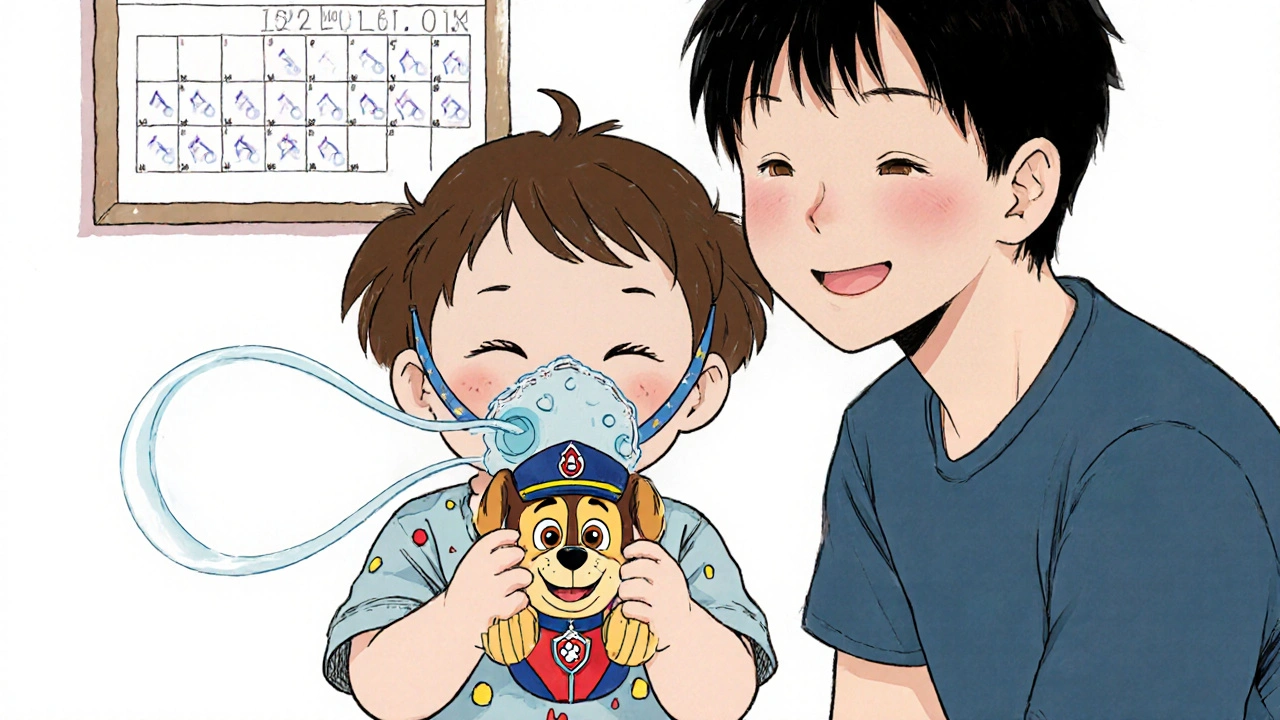
When to Switch from Mask to Mouthpiece
Most kids will transition from mask to mouthpiece between ages 5 and 7. But it’s not just about age-it’s about ability. Can your child:
- Close their lips tightly around the mouthpiece without letting air escape?
- Take one deep breath and hold it for 5-10 seconds?
- Not cough or sneeze during the process?
If yes, then the mouthpiece is better. It’s more efficient. A 2023 study at Nationwide Children’s Hospital found that for kids over 5, mouthpiece technique delivered 68.9% of the dose compared to 52.3% with a mask. But if your child can’t seal their lips or holds their breath for less than 5 seconds, stick with the mask. Forcing the switch too early means less medicine reaches the lungs.
Common Mistakes (And How to Fix Them)
Parents make the same mistakes over and over. A 2022 audit of 400 families found that 63% of attempts had a poor mask seal. Here are the top errors and how to fix them:
- Not shaking the inhaler enough. 43% of parents shake for less than 5 seconds. Solution: Count out loud-“one-Mississippi, two-Mississippi…” up to 10.
- Pressing the inhaler too early or too late. Wait until the mask is sealed before pressing. Pressing before the mask is on wastes half the dose.
- Using a dirty spacer. Static buildup from unwashed spacers can trap up to 28% of the medicine. Clean it weekly with warm water and a drop of dish soap. Air-dry it upside down. Never towel-dry.
- Using the wrong mask size. Too big? The mask overlaps the cheeks. Too small? It pinches the nose. Use the bridge of the nose to bottom of the chin as your guide.
- Not waiting between puffs. Giving two puffs back-to-back means the second puff gets blocked by the first. Always wait 30-60 seconds.
How to Get Your Child to Cooperate
If your child fights the mask, you’re not alone. On parenting forums, 78% of families report resistance. Here’s what works:
- Make it a game. Pretend the mask is a superhero mask. Or play “blow out birthday candles” to teach deep breathing before you start.
- Use a favorite character. Masks with Paw Patrol, Spider-Man, or Elsa designs increase compliance by 57% according to parent surveys.
- Let them hold the spacer. Give them control. Let them snap the inhaler in, or press the mask to their own face after you show them.
- Practice when they’re calm. Don’t wait until they’re wheezing. Practice with the spacer and no medicine-just breathing in and out.
- Use video. Watch a short video together. Johns Hopkins’ YouTube tutorial has over 147,000 views for a reason-it’s clear, calm, and shows real kids using it.
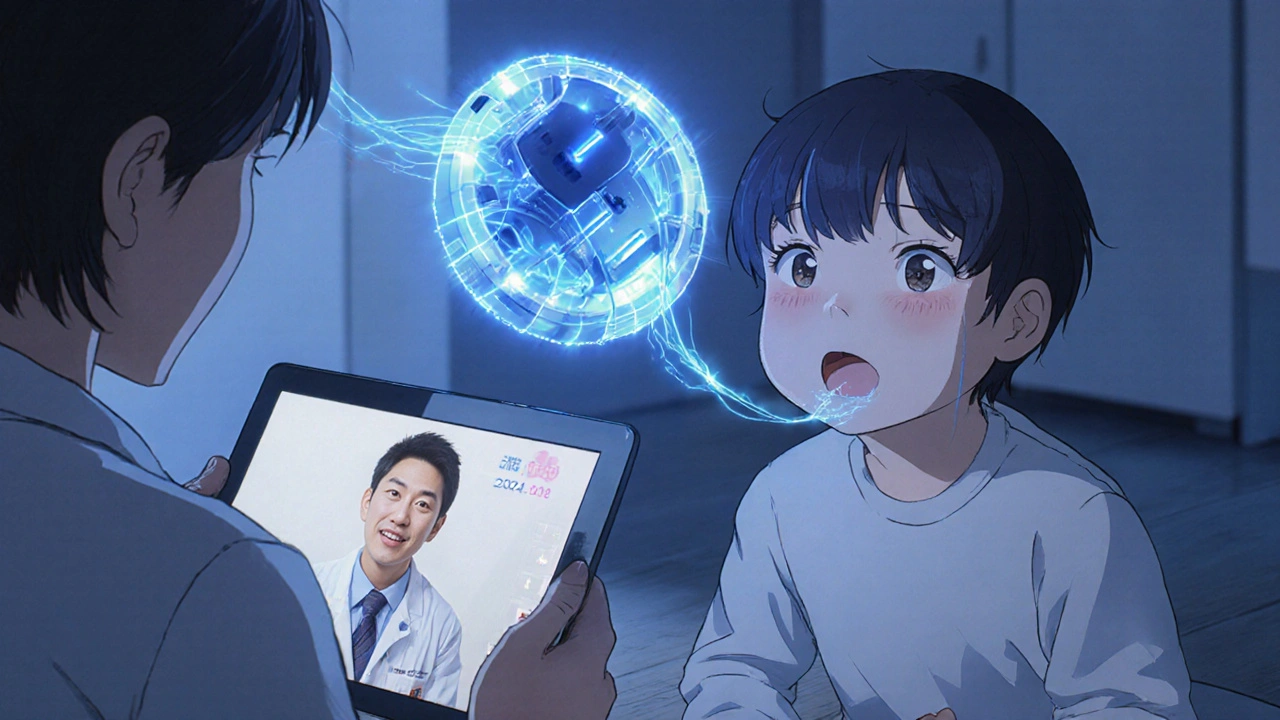
When to Call the Doctor
If your child still has symptoms despite using the inhaler correctly, something else might be going on. But before you assume the medication isn’t working, get your technique checked. One study found that 68% of kids labeled “steroid-resistant” had perfect asthma control once their inhaler technique was fixed. Here’s when to call:
- Your child uses their rescue inhaler more than twice a week (not counting exercise).
- They wake up at night because of coughing or wheezing.
- You notice they’re not getting the full breaths-even with the mask on.
- You’re unsure if you’re doing it right.
Many hospitals have asthma educators who will watch you give the inhaler and give feedback. Ask for a video review. Some new smart spacers even give audio feedback when the child breathes correctly.
What’s New in 2025
The field is evolving fast. The FDA cleared the first smart spacer in 2023-Halo Nebulizer-that talks to parents via Bluetooth and gives real-time feedback on breathing depth and timing. Early results show a 33% improvement in technique. By 2025, nearly two-thirds of pediatric pulmonologists plan to use video verification during telehealth visits. If your child’s doctor asks you to send a video of you giving the inhaler, don’t hesitate. It’s not because they don’t trust you-it’s because they want to make sure your child gets every bit of medicine they need.
Final Thought: Technique Over Device
The best spacer in the world won’t help if the mask doesn’t seal. The most expensive inhaler won’t work if it’s not shaken. What matters isn’t the brand, the cost, or the color. It’s consistency. It’s the 10 seconds of shaking. The 5 breaths after the puff. The weekly wash. The calm voice when your child resists. Asthma isn’t managed by pills alone. It’s managed by the quiet, repetitive moments when a parent makes sure their child breathes in the medicine-exactly the way it’s meant to be.
Can my child use an inhaler without a spacer?
For children under age 8, no. Without a spacer, less than 20% of the medicine reaches the lungs. The rest sticks in the mouth and throat, reducing effectiveness and increasing side effects. Spacers are not optional-they’re essential for safe and effective treatment.
How often should I clean the spacer?
Wash the spacer once a week with warm water and a drop of mild dish soap. Let it air-dry upside down. Don’t towel-dry it-that creates static that traps medicine. Some guidelines say washing isn’t needed, but research shows unwashed spacers can lose nearly 30% of the dose due to static buildup.
My child cries when I put the mask on. What do I do?
Don’t force it. Pause. Let them calm down. Try practicing without medicine-just holding the mask and breathing. Use distraction: sing a song, show a cartoon, or let them choose a mask with their favorite character. Many parents report success using the “blow out birthday candles” game to teach deep breathing before administration.
How many puffs should I give at once?
Always give one puff at a time. Wait 30-60 seconds between puffs. Pressing two puffs in a row means the second puff can’t enter the lungs properly because the first one is still in the spacer. Always shake the inhaler between puffs.
When should I replace the inhaler or spacer?
Most inhalers expire after 200 puffs, even if they still spray. Check the label. Replace the spacer if the chamber is cracked, the valve is stuck, or the mask no longer seals. A worn-out spacer can cut medicine delivery by half. If you’re unsure, bring it to your next appointment-doctors can check it in seconds.
Is it okay to use a dry powder inhaler for my child?
Generally, no. Dry powder inhalers require a strong, fast inhalation-over 30 liters per minute-which most children under 8 cannot generate. These devices are designed for older kids and adults. Stick with metered-dose inhalers and spacers for young children unless your doctor specifically recommends otherwise.

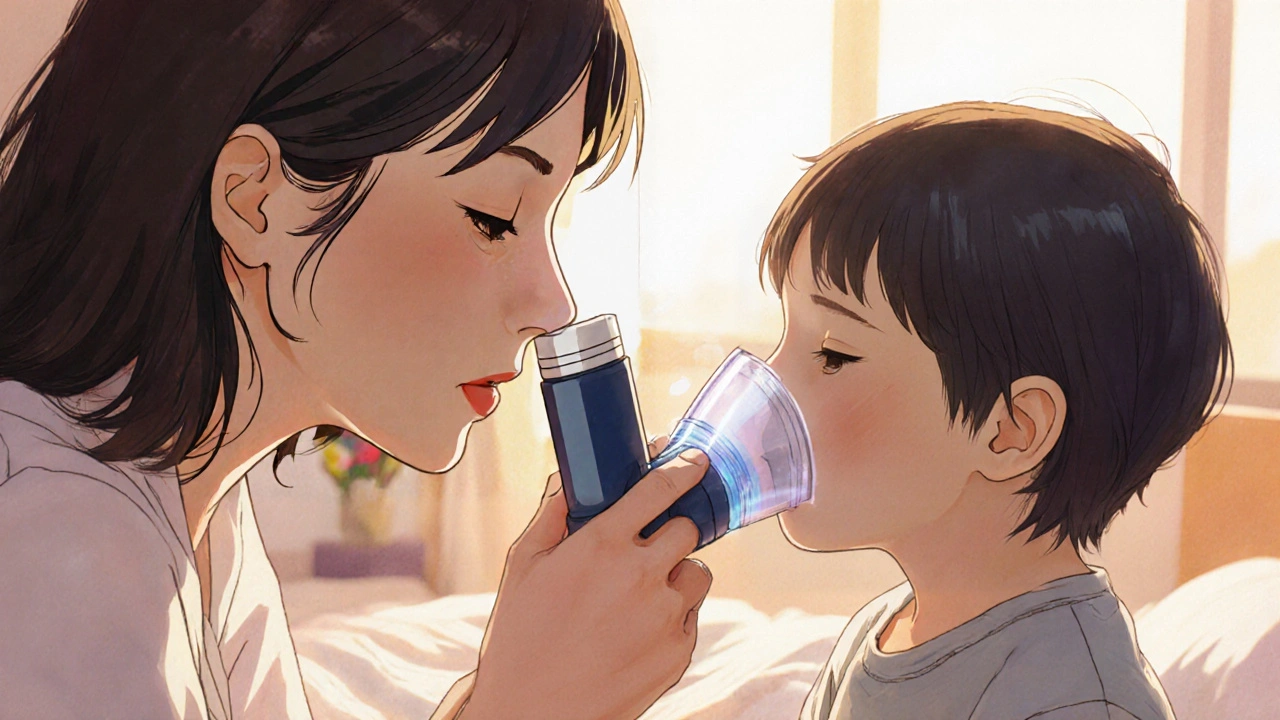
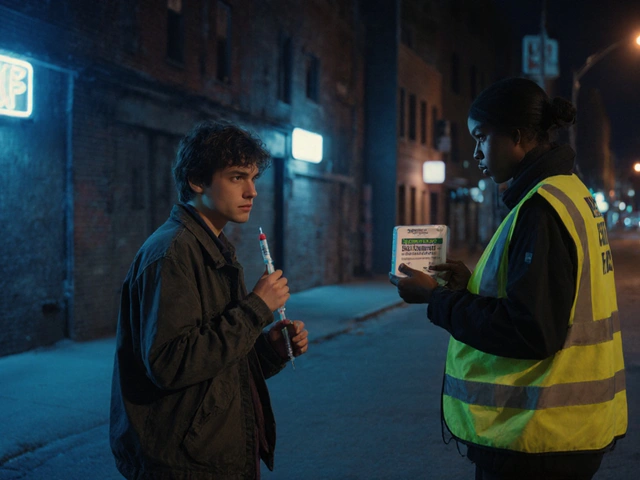
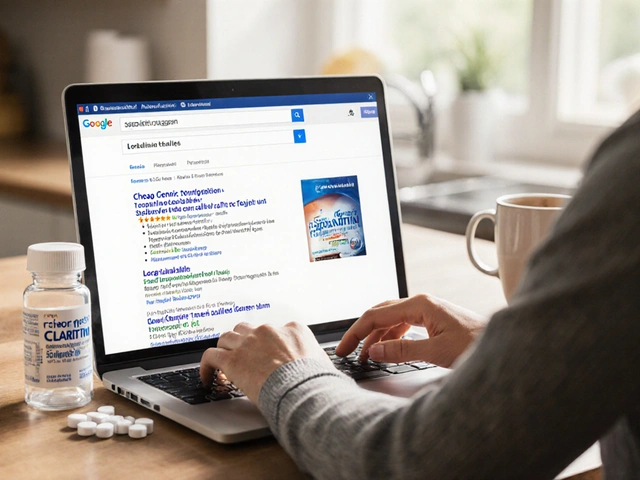
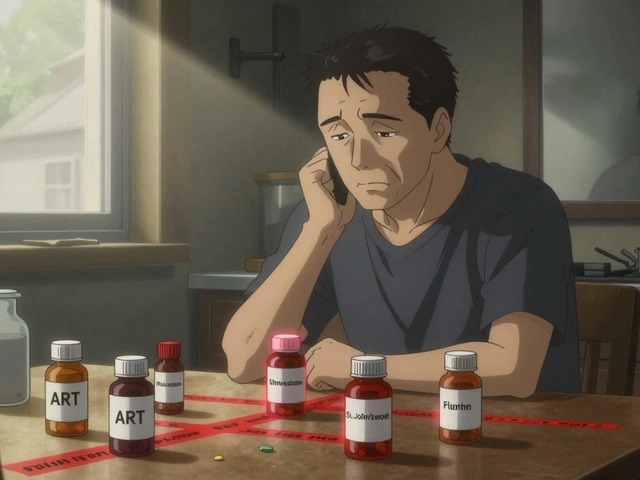
Ross Ruprecht
November 23, 2025 AT 09:55bro just use the inhaler and be done with it i dont need a whole essay on how to breathe
Katy Bell
November 24, 2025 AT 22:38I used to think spacers were overkill until my 4-year-old started having nightly wheezing fits. We tried the mask thing on a whim and holy crap-it was like night and day. No more ER visits. No more steroid crashes. Just calm breathing. I wish someone had told me this two years ago.
Also-Paw Patrol mask? Genius. She now asks for it by name. She calls it her "superhero breath helmet."
Suzan Wanjiru
November 25, 2025 AT 11:28cleaning the spacer with dish soap is key but dont use hot water or it warps the plastic
also never let your kid touch the mouthpiece after washing-oils from fingers ruin the seal
we use a small brush from the drugstore to scrub the inside every week and it lasts 2 years
and yes the plastic bottle trick works if you cut the bottom off and tape it to the inhaler-my cousin did it for 3 years with no issues
Brandy Walley
November 26, 2025 AT 05:52why are we pretending this is rocket science its just a puff and a breath stop acting like its a NASA mission
Bryson Carroll
November 26, 2025 AT 10:57the entire article is performative parenting nonsense
you're not a bad parent if your kid hates the mask
the real problem is overmedicating kids with steroids in the first place
and don't even get me started on those "smart spacers"-that's just corporate greed wrapped in medical jargon
my kid's asthma cleared up when we stopped the inhalers entirely and started eating more turmeric
Jennifer Shannon
November 27, 2025 AT 16:07There’s something so quietly beautiful about the idea that asthma management, at its core, is not about technology, or brands, or even medicine-it’s about presence.
It’s the ten seconds of shaking the inhaler while humming a lullaby.
It’s the way your child’s cheek rises and falls with each slow breath, like a tide you’ve learned to trust.
It’s the ritual of rinsing their mouth afterward, not because it’s required, but because you want them to feel clean, safe, loved.
And yes, the mask might be ugly. The spacer might be sticky. The child might cry.
But you show up. Again. And again. And again.
That’s the real cure.
I cried reading this. Not because it was technical. But because it was tender.
Thank you.
Also-I use a Vortex. And yes, I wash it with Dawn. And no, I don’t towel dry. And yes, I let my 6-year-old choose the Elsa mask. She calls it "the ice breath protector." It’s ridiculous. And perfect.
Vivian C Martinez
November 28, 2025 AT 21:16Proper technique reduces ER visits by 70%.
Spacers are standard of care.
Wash weekly.
One puff at a time.
Shake well.
Mask seal is everything.
Video review helps.
Don’t guess-ask.
Thank you for this clear, evidence-based guide.
Ragini Sharma
November 29, 2025 AT 22:39so wait u say wash spacer with soap but then say dont towel dry?? like whyyyy
also my kid is 5 and he just bites the mask now i dont know what to do
also i think the halo thing is just a fancy toy but i want it anyway lol
Linda Rosie
November 30, 2025 AT 01:19Thank you for this. I’m a pediatric nurse. I’ve seen too many families struggle with this. The mask seal is everything. I always say: if you can see their cheek move when they breathe, you’re doing it right. If not, adjust. And yes-Paw Patrol works. Always.